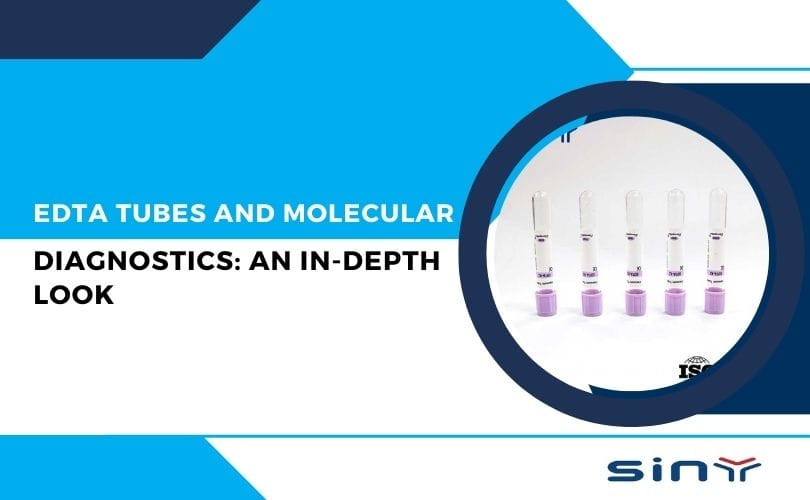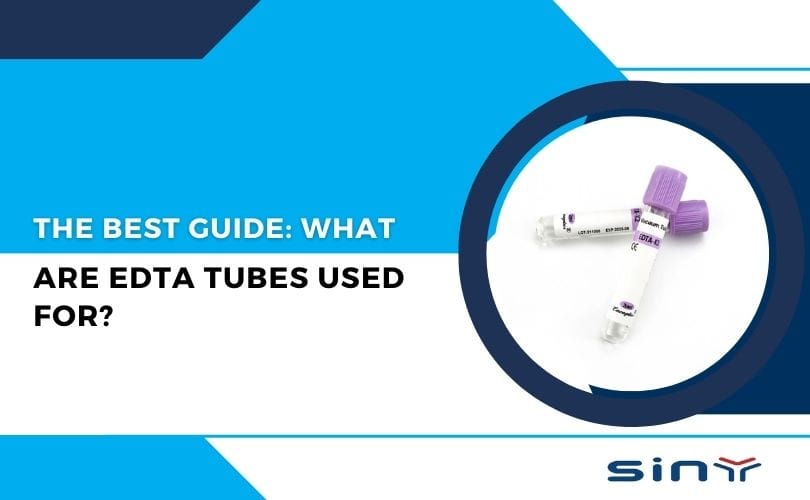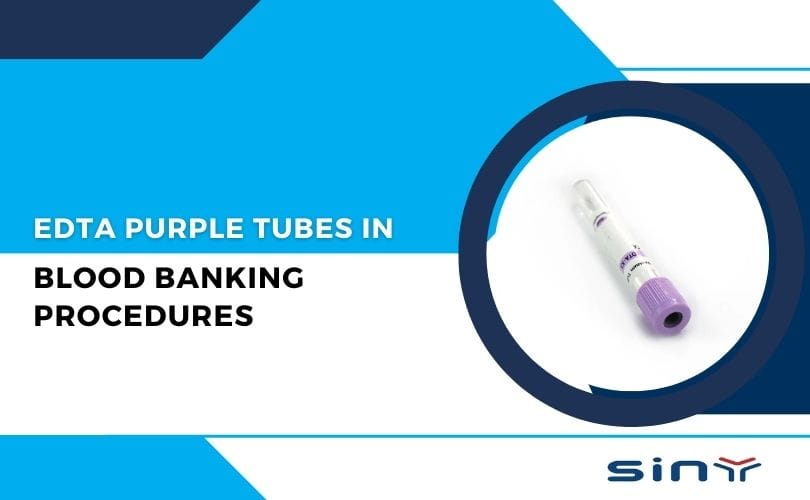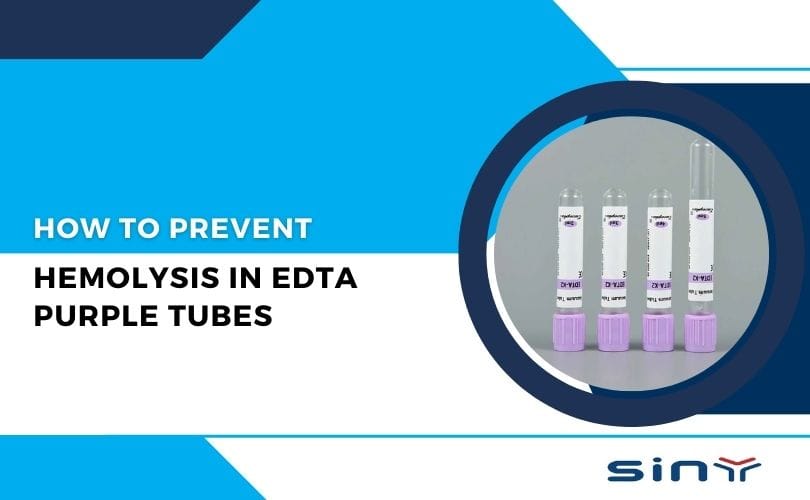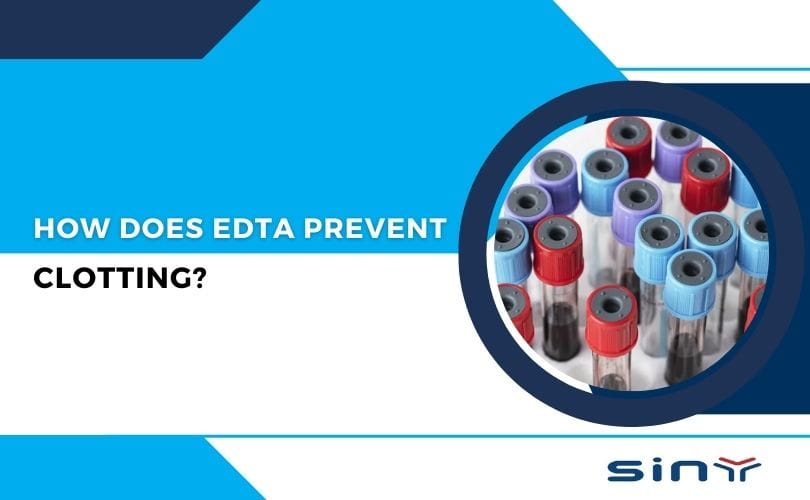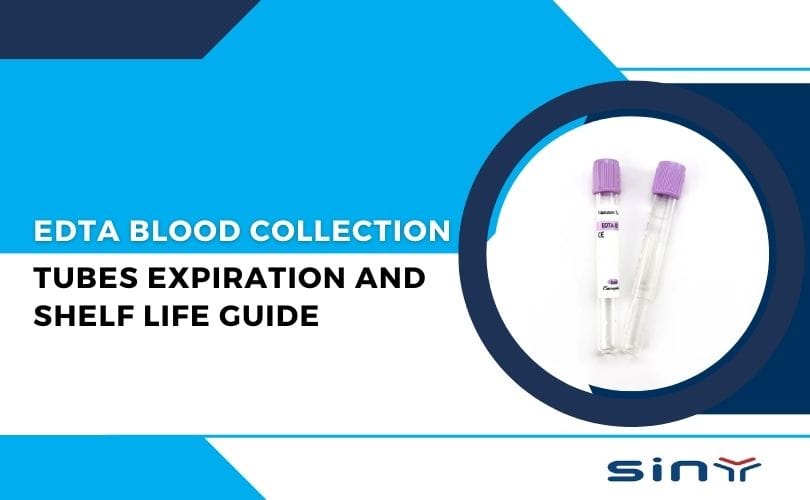EDTA Tubes and Molecular Diagnostics has revolutionized modern medicine, enabling precise detection and analysis of genetic material, proteins, and other biomarkers. At the heart of this transformative field lies a seemingly simple yet indispensable tool: EDTA tubes. These specialized blood collection tubes play a critical role in ensuring the integrity of samples used in molecular diagnostics. In this comprehensive blog, we delve into the science, applications, and significance of EDTA tubes in molecular diagnostics, providing a detailed exploration of their role in advancing healthcare.
What Are EDTA Tubes?
EDTA tubes, also known as purple-top blood collection tubes, are vacuum-sealed containers coated with ethylenediaminetetraacetic acid (EDTA), an anticoagulant. EDTA works by binding calcium ions in the blood, preventing coagulation and preserving the sample’s integrity. These tubes are widely used in clinical and research settings for collecting blood samples intended for hematological, biochemical, and molecular analyses.
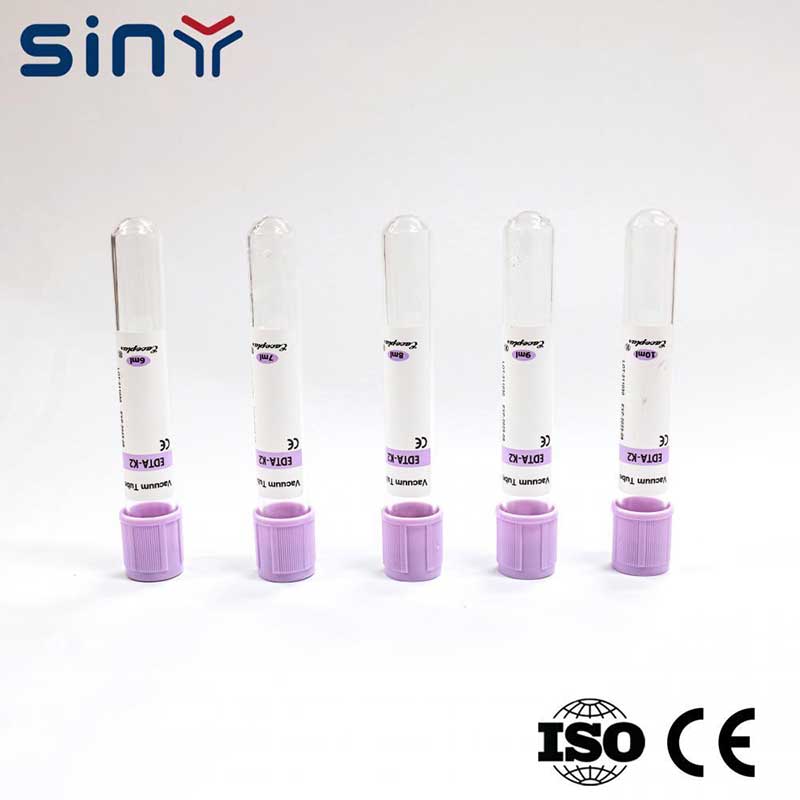
The purple top distinguishes EDTA tubes from other blood collection tubes, making them easily identifiable in laboratory settings. Their design ensures that blood remains in a liquid state, allowing for accurate and reliable diagnostic testing. For more information on EDTA tubes, visit our EDTA Tubes for Blood Collection page.
How Do EDTA Tubes Work in Molecular Diagnostics?
When clinicians or researchers collect blood for molecular testing, the sample must stay uncontaminated and biologically stable. Here’s why EDTA is perfect for this job:
Prevents clotting: No interference with cellular material.
Preserves nucleic acids: DNA and RNA remain stable for analysis.
Compatible with PCR and NGS: EDTA does not inhibit downstream molecular reactions.
Ideal for infectious disease diagnostics: Accurate detection of pathogens like HIV, HBV, and SARS-CoV-2.
Want the full breakdown? Check out How Does EDTA Work?
Applications of EDTA Tubes in Molecular Diagnostics
Oncology Diagnostics
In cancer detection, precision is everything. EDTA tubes are extensively used for collecting blood samples in oncology research because they maintain cell-free DNA and circulating tumor cells.
Crucial for liquid biopsies.
Preserve cell-free DNA for early cancer detection.
Ensure high-quality sequencing results.
Check more on EDTA Tubes in Oncology Diagnostics.
Infectious Disease Testing
From HIV to COVID-19, molecular tests depend on high-quality nucleic acids. EDTA tubes are used because:
They preserve viral RNA without degradation.
They support PCR and RT-PCR testing.
They reduce false negatives in sensitive assays.
Hematology Studies
For complete blood counts (CBCs) and morphological studies, EDTA is unmatched. It allows:
Accurate counting of white blood cells, red blood cells, and platelets.
Reliable preservation of cell shape.
Prevention of artifacts that interfere with results.
Learn about usage in medical labs here: When to Use EDTA Tubes in Diagnostics.
Genetic and Molecular Research
Whether it’s Next-Generation Sequencing (NGS) or gene expression studies, EDTA ensures sample integrity.
Prevents enzymatic degradation of nucleic acids.
Ensures reproducibility in genetic studies.
Widely used in global research labs.
For scientific suppliers, check Siny Medical EDTA Tubes.
Why EDTA Tubes Are Critical for PCR and NGS
EDTA Tubes and Molecular Diagnostics rely heavily on PCR (Polymerase Chain Reaction) and NGS (Next-Generation Sequencing). EDTA tubes make these processes accurate by:
Preventing enzymatic activity that would degrade nucleic acids.
Maintaining stable RNA for transcriptome studies.
Reducing sample contamination.
This makes EDTA tubes the first choice for laboratories worldwide.
Advantages of Using EDTA Tubes
EDTA tubes offer several advantages that make them ideal for molecular diagnostics:
- Sample Integrity: EDTA prevents clotting and preserves cellular and molecular components.
- Versatility: Suitable for a wide range of diagnostic tests, from hematology to molecular biology.
- Ease of Use: The vacuum-sealed design simplifies blood collection and handling.
- Compatibility: Compatible with automated laboratory systems, enhancing efficiency.
For a closer look at the benefits of EDTA tubes, explore our product page on Purple Top Blood Collection Tubes.
The Future of EDTA Tubes in Molecular Diagnostics
As molecular diagnostics continues to evolve, the demand for high-quality sample collection tools like EDTA tubes will only grow. Advances in technology, such as next-generation sequencing and liquid biopsy, rely on the integrity of samples collected in EDTA tubes.
Moreover, ongoing research aims to enhance the performance of EDTA tubes, ensuring they meet the needs of emerging diagnostic techniques. To stay updated on the latest developments, explore our EDTA Tube Product Category.
Summary
EDTA tubes are a cornerstone of molecular diagnostics, ensuring the integrity and reliability of blood samples used in genetic testing, infectious disease diagnosis, cancer diagnostics, and more. Their ability to prevent clotting and preserve molecular components makes them indispensable in modern healthcare.
As technology advances, EDTA tubes will continue to play a vital role in enabling precise and personalized diagnostics. For high-quality EDTA tubes and expert guidance, visit EDTA Tube and explore our comprehensive range of products.
FAQs
Q1: Why are EDTA tubes preferred in molecular diagnostics?
Because EDTA preserves DNA and RNA by preventing enzymatic degradation, making it ideal for genetic and molecular testing.
Q2: Can EDTA tubes be used for coagulation studies?
No. For coagulation testing, citrate tubes (blue-top) are recommended instead.
Q3: What’s the shelf life of blood samples in EDTA tubes?
Typically, DNA is stable for several days at room temperature and longer when refrigerated. RNA requires faster processing.
Q4: Are EDTA tubes safe for oncology diagnostics?
Yes, they are the standard for collecting circulating tumor DNA and cells.
Q5: What’s the difference between EDTA and Heparin tubes?
Heparin interferes with PCR reactions, while EDTA does not—making EDTA superior for molecular studies.

